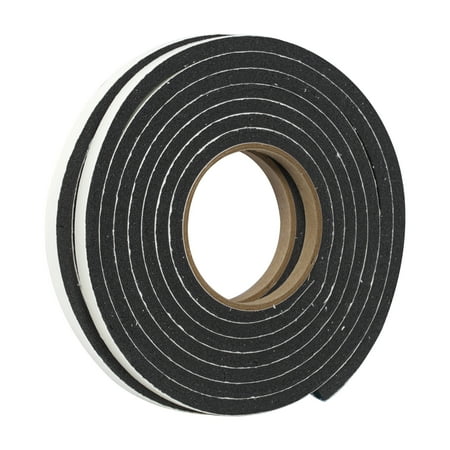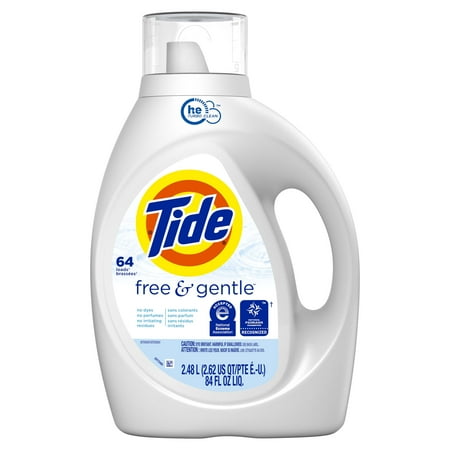Cleaning experts reveal 6 reasons your home gets dusty so quickly – and the simplest ways to reduce the build-up
From HVAC filters to dusting techniques, these tips will ease the build up
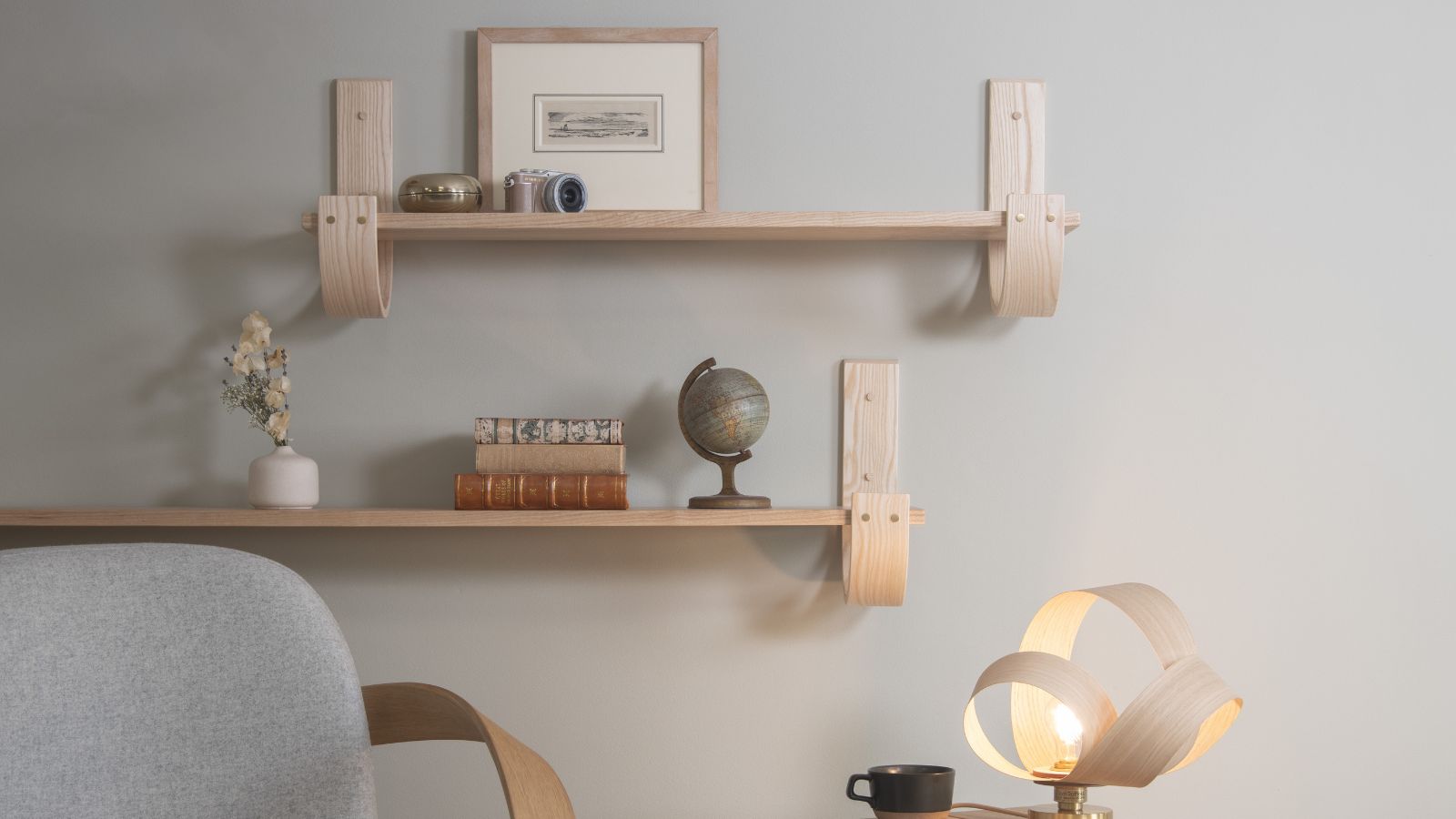

No matter how often we clean, dust seems to accumulate everywhere. Whether it’s a persistent layer on your shelves or a never-ending battle with allergens, dust can feel like an unwelcome guest that refuses to leave.
There are several factors contributing to ongoing dust, from the air quality in your home to the materials you use for decor, many of which can be changed to help make your home a little less dusty over time.
Here, expert cleaners reveal the six reasons dust builds up faster than you can clean it away, and share effective tricks to remove dust properly in the long term, for a cleaner and healthier home.
6 reasons your home gets dusty quickly
A build-up of dust is one of the many ways your house is making you ill. It might seem harmless, but it can significantly reduce air quality and encourage dust mites, worsening allergies.
A quick clean-up and some smart anti-dust strategies will go a long way to making your home more comfortable.
1. Your HVAC filter is dirty or too small
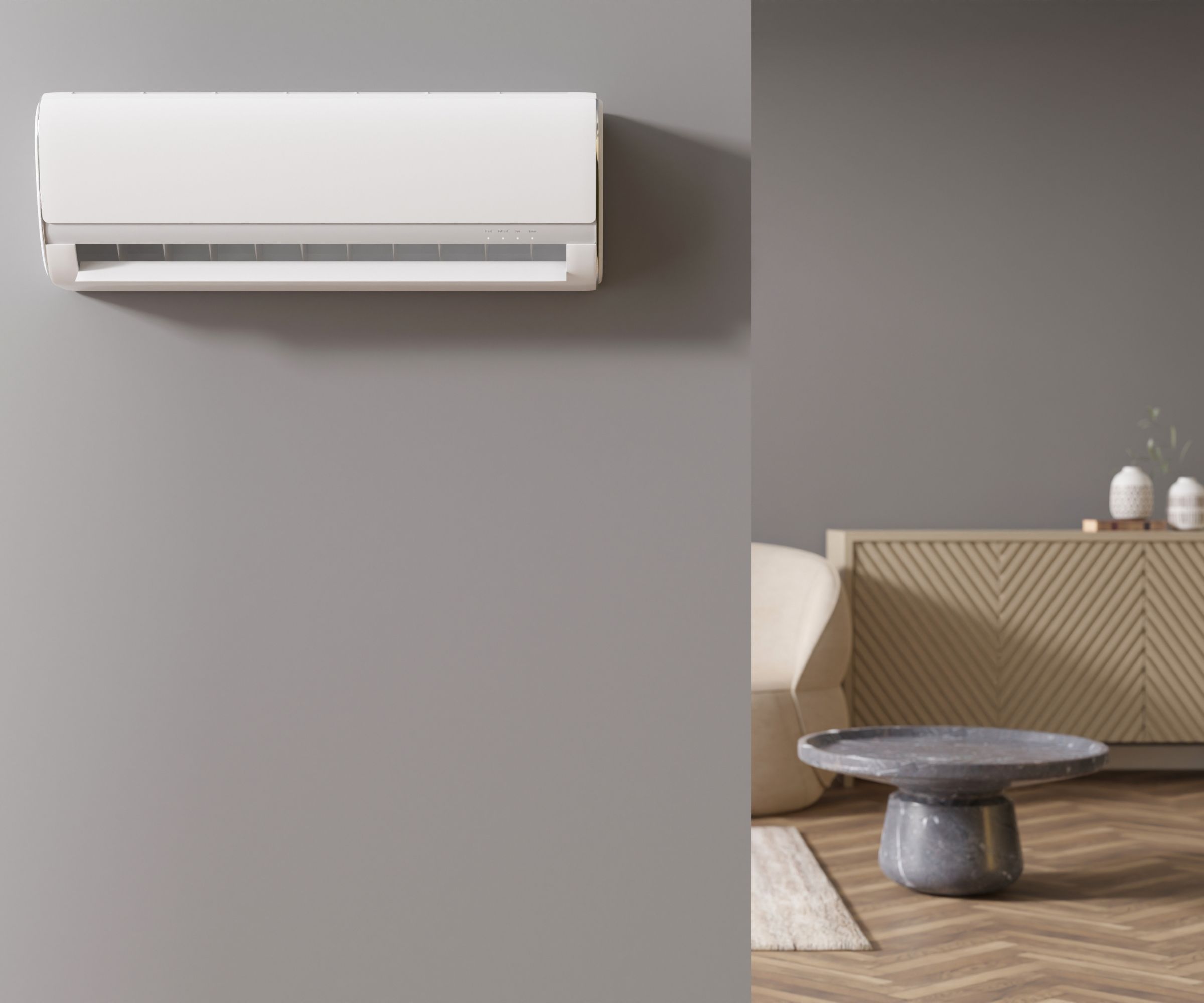
Your HVAC system plays a big role in the air quality of your home. Forgetting to clean your HVAC system is a common cause of dust build-up around your home.
Ryan Meagher of BVM Contracting explains, ‘If your HVAC filter is dirty or not sized properly or there is no filtration, you are going to accumulate duct a lot faster than a system that has a filter which catches dust and other airborne matter.
Design expertise in your inbox – from inspiring decorating ideas and beautiful celebrity homes to practical gardening advice and shopping round-ups.
'To prevent homes from getting dusty as quickly I would start with a review of the filtration system in the home, and upgrade the filter if needed. You can also look into getting standalone air purifiers for areas that have a lot of dust accumulation or to help supplement your HVAC filtration system.'
It is also a good idea to clean vents around your home and improving air quality.
2. Dusting incorrectly
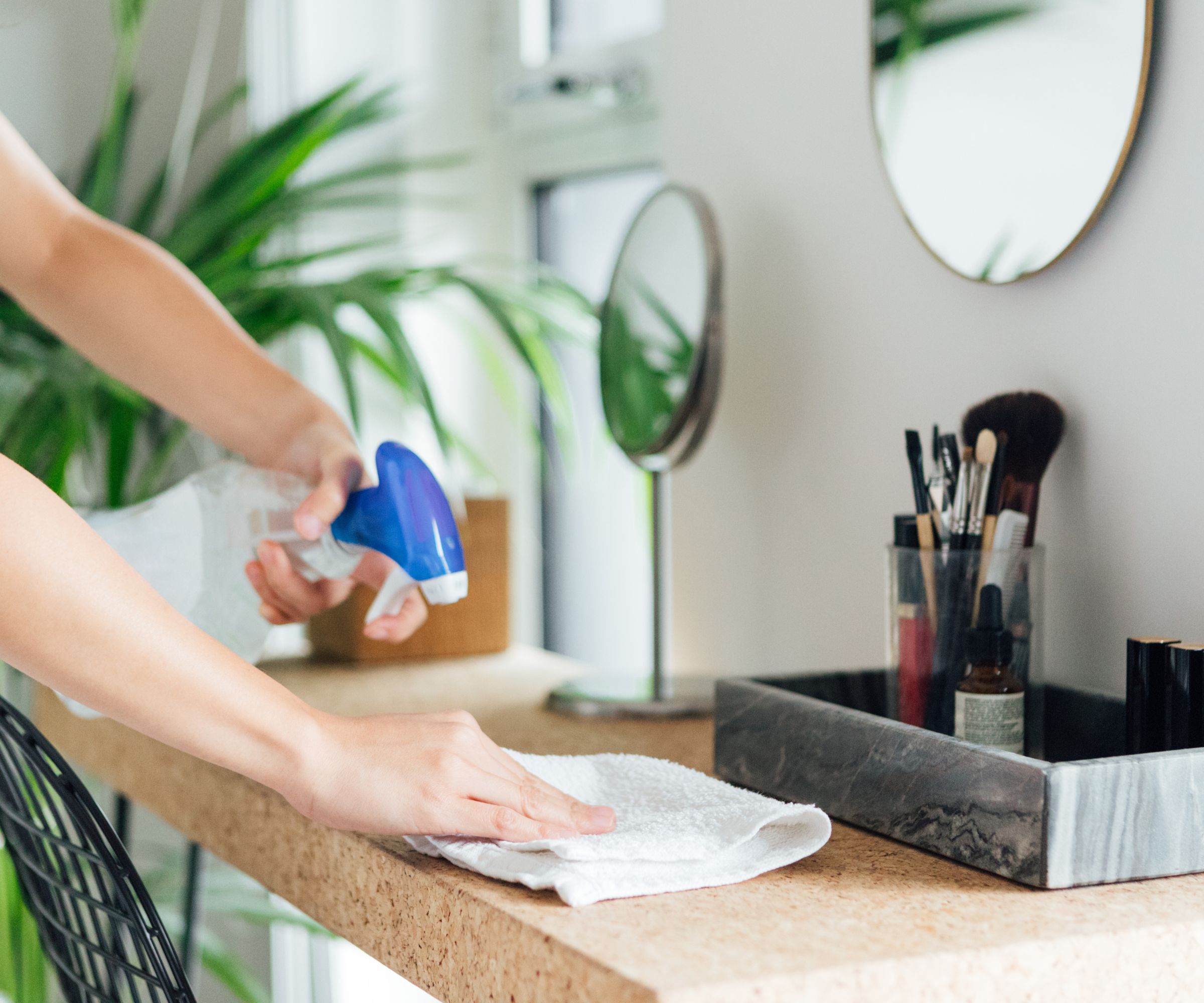
There are several common dusting mistakes that make your home dirtier, warns Aminah, head of marketing and innovation at Inspire Clean.
She explains, ‘Wiping with a dry cloth often just moves dust around, making it settle back again. Try using a microfiber cloth instead as it grabs onto dust better, and always clean from the top down to avoid messing up areas you've already cleaned.’
Remember to dust before vacuuming, too, to collect fallen dust from your flooring.
It can also help to damp dust. I swear by the Scrub Daddy Damp Duster for this, as it picks up dust in one swipe, rather than move it around or disturb it into the air. This prevents any resettling for a cleaner home.
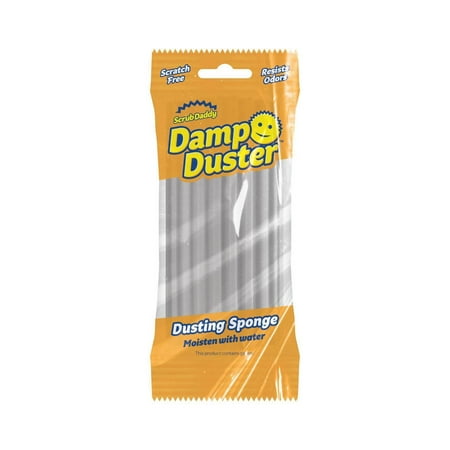
The damp duster is dampened with plain water and then run over surfaces to collect dust. Simply rinse under running water again to remove build-up.
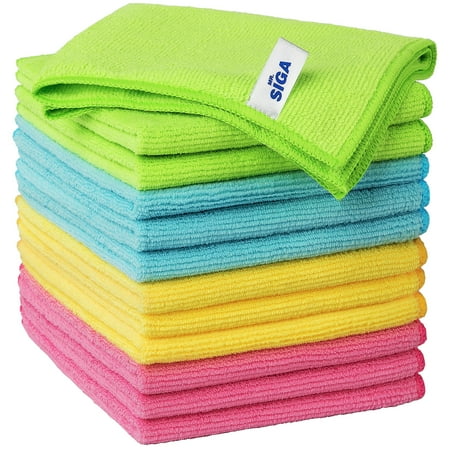
I like to keep several microfiber cloths in every room of my home helping me to quickly dust when I have a spare minute. Color coding your cleaning cloths will prevent cross contamination.
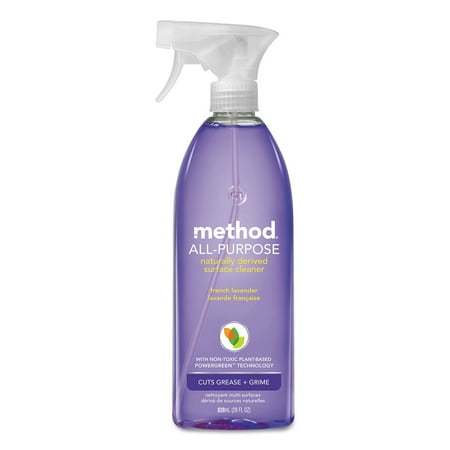
An all-purpose cleaner can make dusting easier, dampening cloths to prevent dust floating around rather than being collected. It also helps to make a home smell nice, too, killing two birds with one stone.
3. Unsealed doors and windows
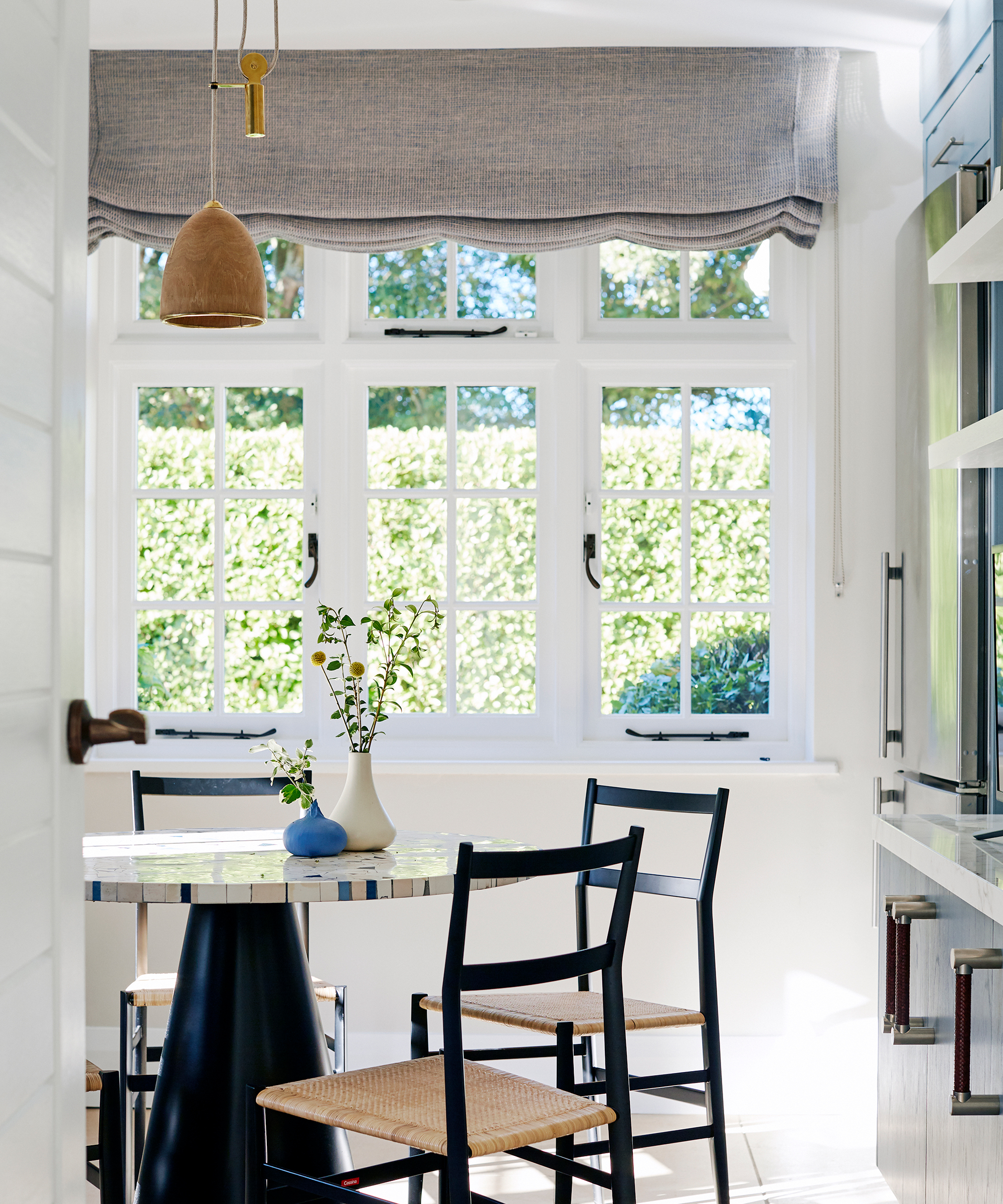
Draft-proofing a home is important for more than stopping cold air leaks and making heating more efficient. Blocking gaps with door brushes (available at Walmart), and silicone sealant such as Gorilla Glue Clear caulk, also at Walmart, can help prevent outdoor dust from blowing in and making your home dirtier.
This is especially important in summer when pollen adds to dust to create an allergen nightmare. Pair draft-proofing with cleaning tips for allergen sufferers for a home that doesn't make you sneeze from morning to dusk.
4. Shedding fabrics
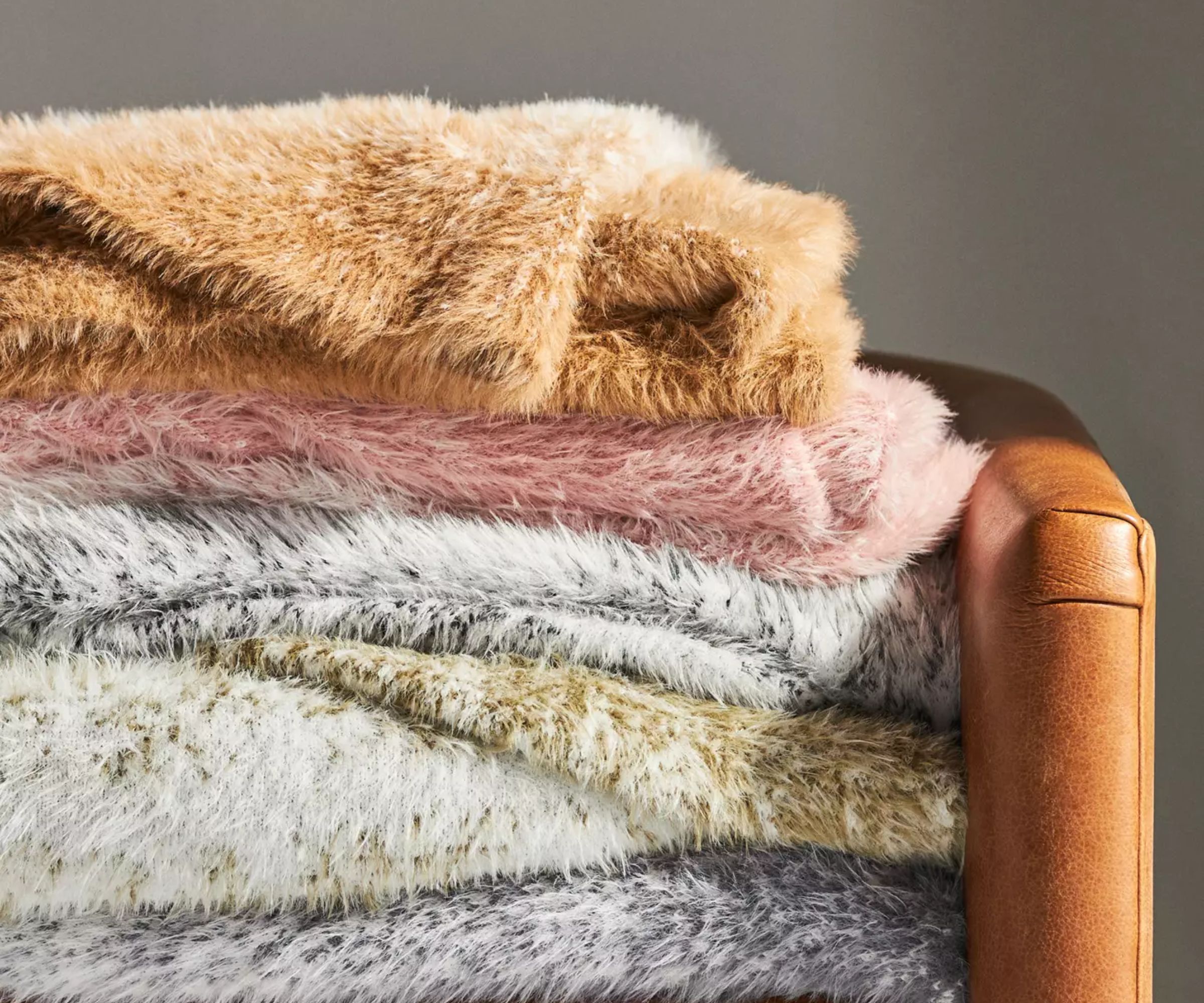
We have all fallen victim to picking up fluffy throws, decor and clothing to make a house cozy, but these items almost always shed, releasing particles and threads that contribute to dust piles. Synthetic fibers are the worst offenders, releasing plastic particles and microfibers that build up on the surfaces of your home.
Punteha van Terheyden, head of Solved at H&G suggests skipping these items at the store. If this isn’t possible, however, she says, ‘Consider washing them when you first bring them home. Running them on a normal laundry cycle, checking first the laundry symbols to avoid damage. This will help to remove most of the loose particles straight off the bat, reducing dust around your home.’
5. Ignoring vertical spots
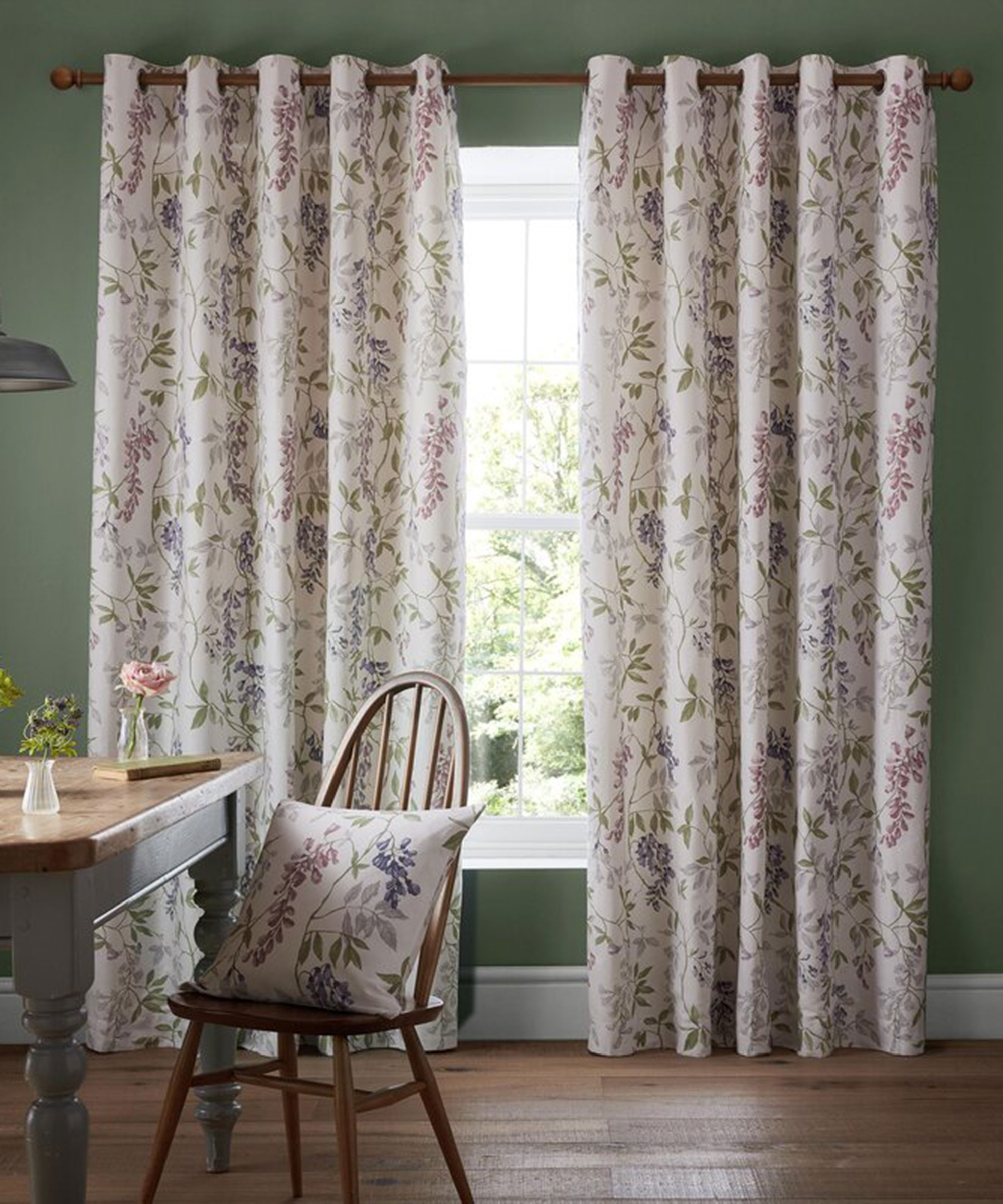
We might think it is only flat surfaces that collect dust, but everything vertical from our walls to furniture and window treatments can collect dust. These are overlooked spots you're forgetting to dust, reminds Aminah.
She says, ‘Carpets, curtains, and furniture collect dust more than you might think. Vacuum these areas regularly with a good vacuum cleaner, and wash things like throws or cushion covers every few months to keep them fresh.’ ]
Vacuuming your curtains is one of the more unusual ways to use your vacuum but just keep it on a low suction level and be careful not to pull too hard and damage or loosen any wall fixtures holding the rails in place.
6. You have pets
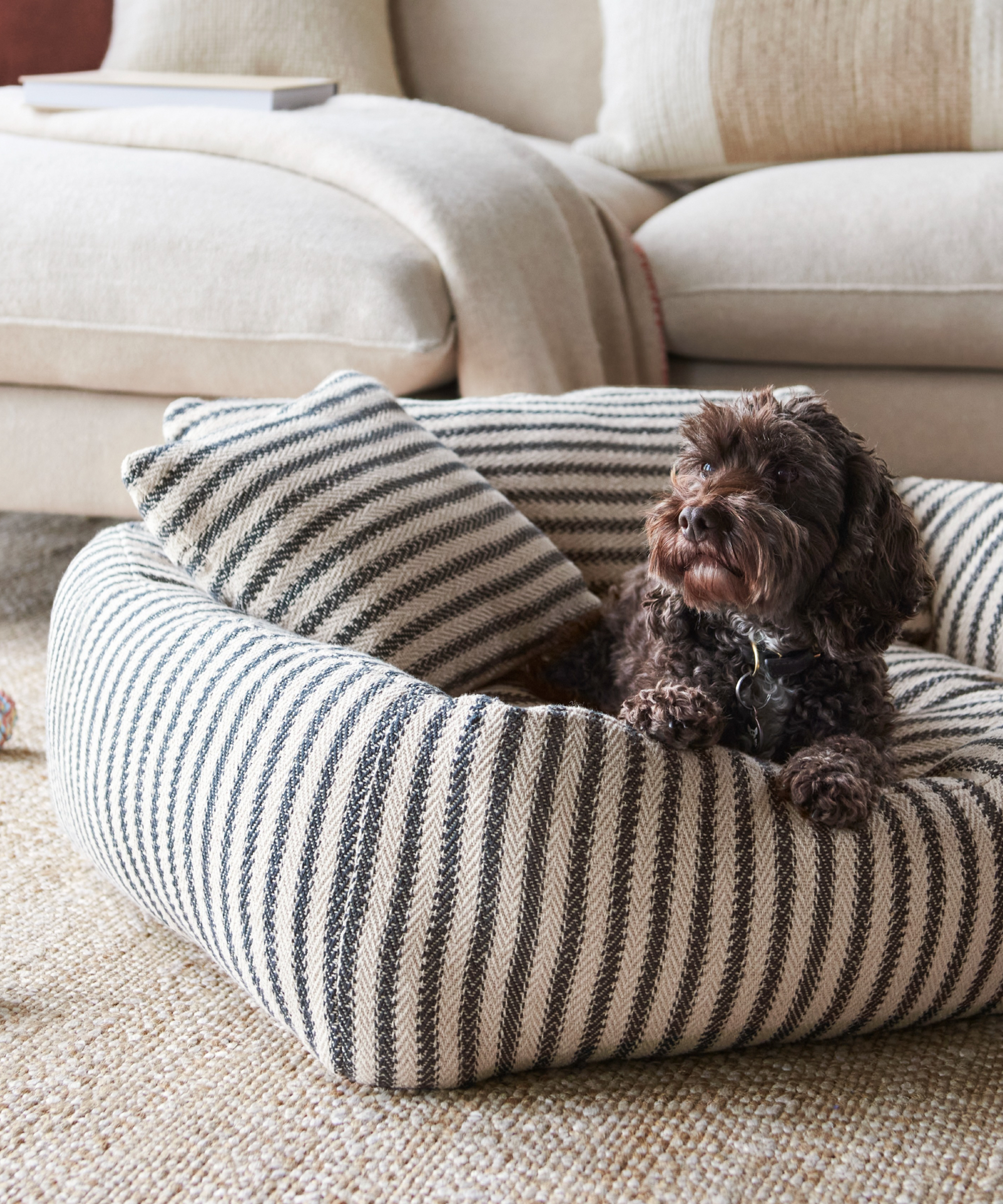
It is inescapable – if you have pets, you will have a dustier home. Pet dander and hair are one of the main contributors to dust buildup, and it is tricky to tackle.
Ottilie Blackhall, Solved news writer and owner of four beloved dogs, says, ‘Regularly grooming your animals can make a difference in the dust levels around your home, helping to remove loose hair before it can settle on your surfaces. Washing your pets with pet-safe shampoos can also help to remove dead skin for a cleaner, happier pet and a cleaner home.
‘My partner also finds that using an air purifier can help with pet dander, helping to collect hair and dust from the air before it settles.’
Choosing the right air purifier for your home is vital, however. Pick a device that is suited to the size of your space (working out the square footage by multiplying the length of the room by the width of the room), and optimized for homes with pets.
Remember to also check and clean or replace the filter regularly to keep your home cleaner for longer.
FAQs
Does opening windows help with dust?
While keeping your windows closed might seem like a surefire way to trap dust inside your home, leaving them open actually introduces more dust to your space. While you don’t need to keep your windows closed all the time (doing so is a bad habit increasing the risk of mold in your home), only opening them when you need to cool a space or improve your ventilation is a great approach if you want to cut back on cleaning.
Preventing dust is difficult, but it is possible to cut back on dusting with these quick tips and cleaning shortcuts. Nevertheless, remember to dust occasionally, even with these dust-controlling measures in place, to help keep your air clean, reducing allergies and the risk of respiratory illnesses.

Chiana has been at Homes & Gardens for two years and is our resident 'queen' of non-toxic living. She spends most of her time producing content for the Solved section of the website, helping readers get the most out of their homes through clever decluttering, cleaning, and tidying tips. She was named one of Fixr's top home improvement journalists in 2024.
